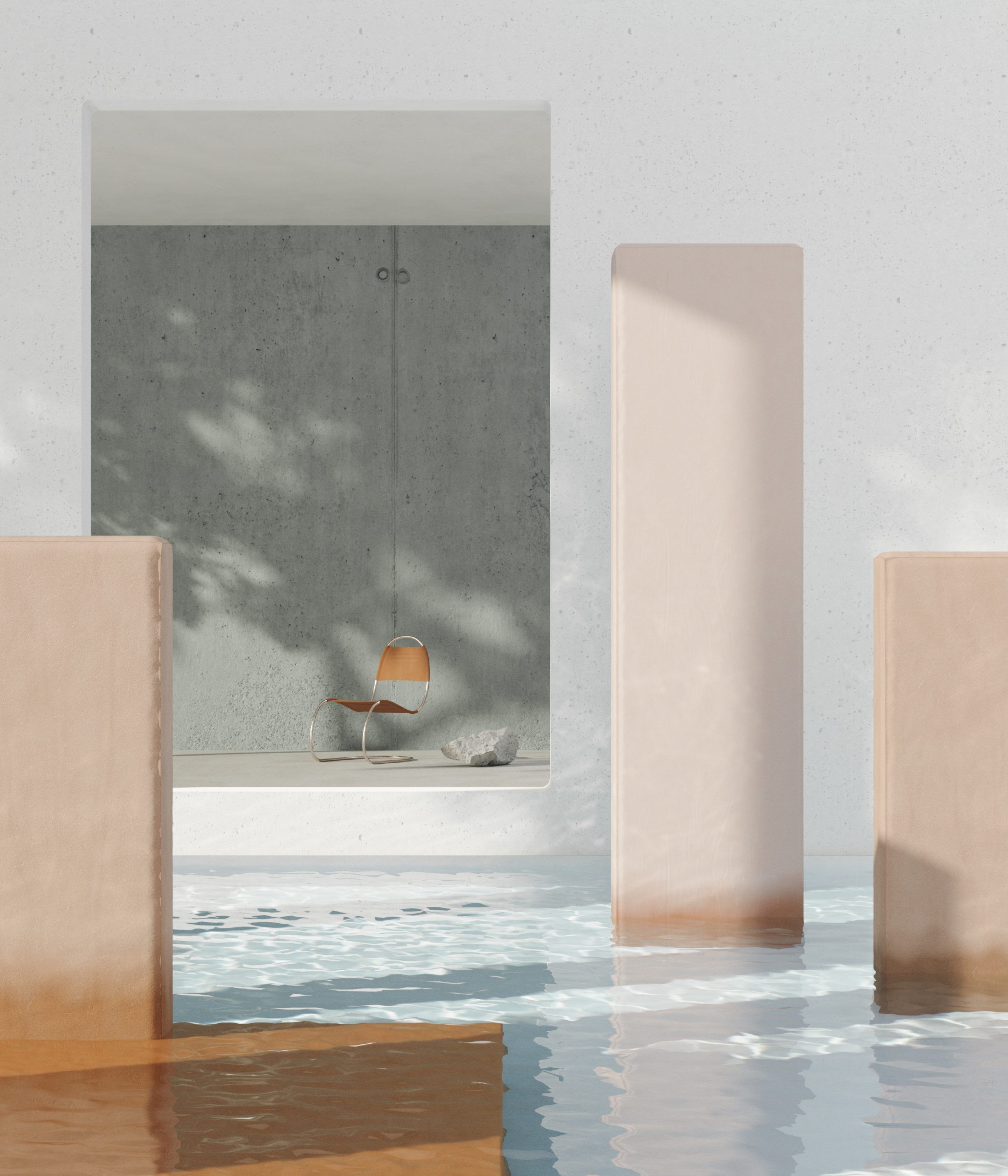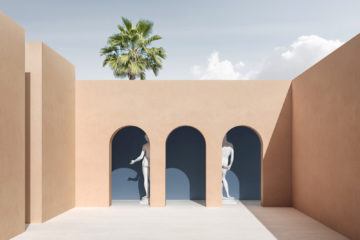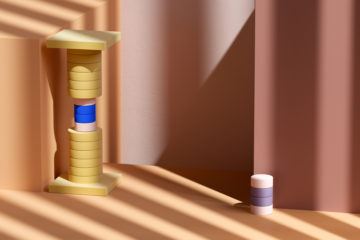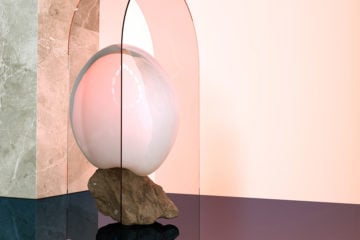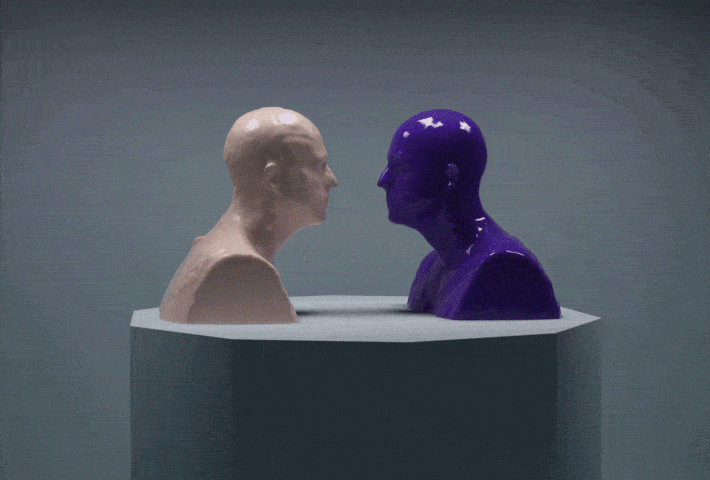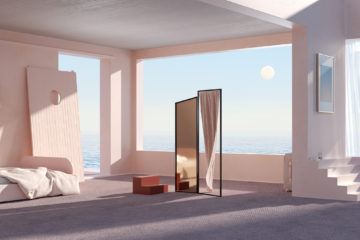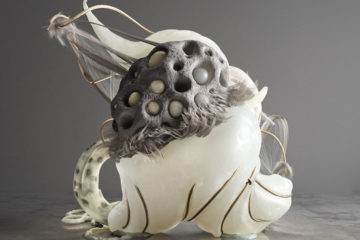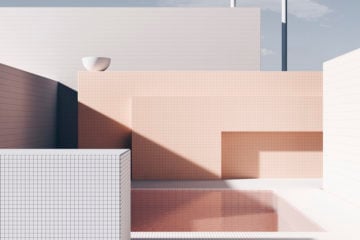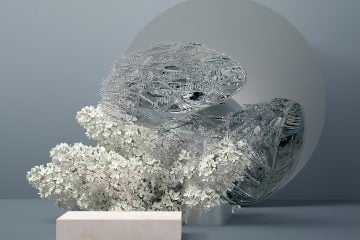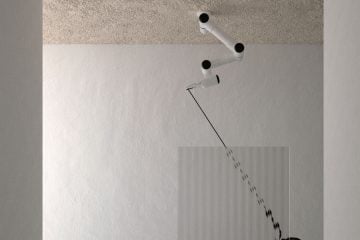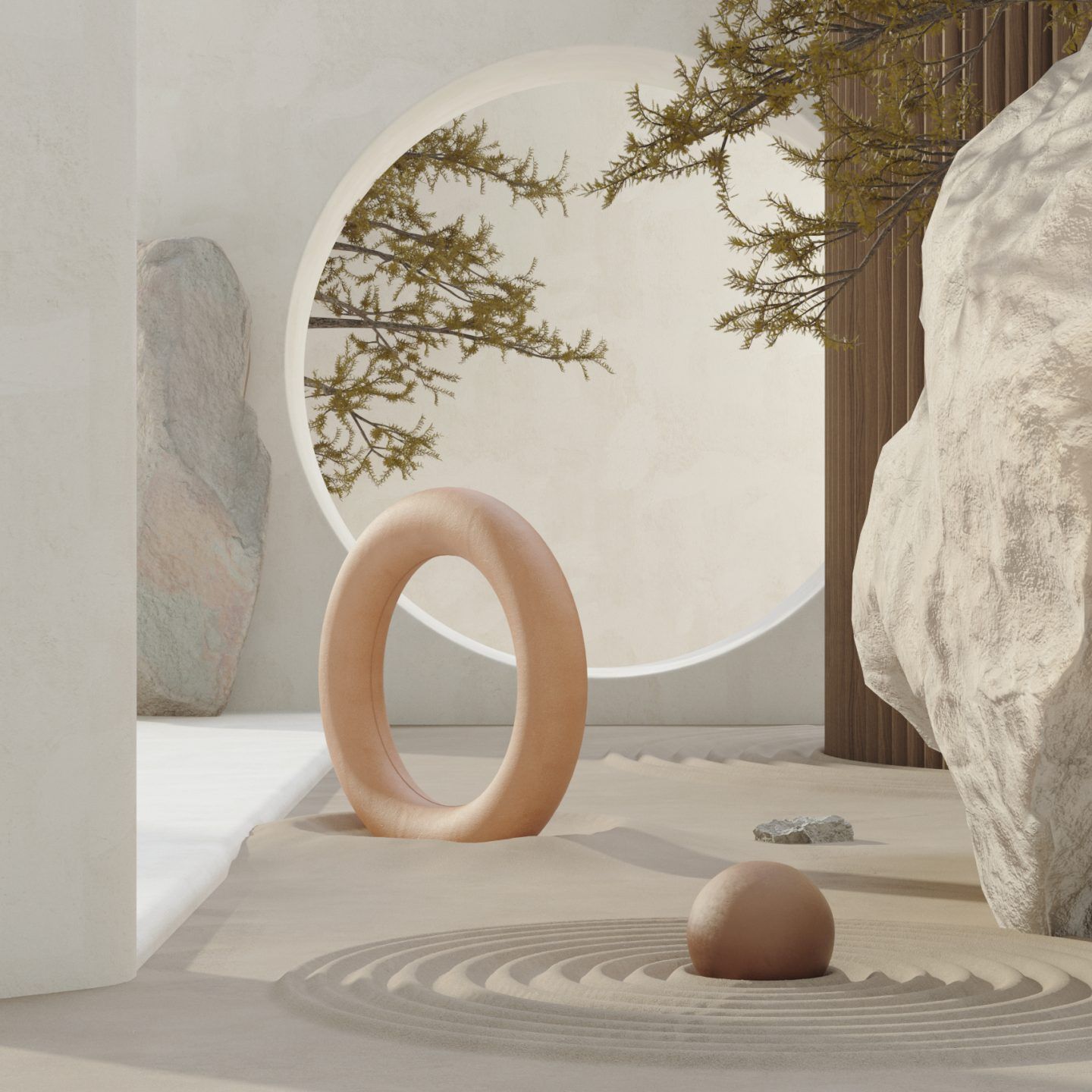
Alexis Christodoulou On The Evolution Of 3D Art Outside Of Instagram
- Name
- Alexis Christodoulou
- Project
- NEO NATURE by ECCO Leather
- Images
- Alexis Christodoulou
- Words
- Rosie Flanagan
South African artist Alexis Christodoulou builds impossible worlds; rendering in 3D images of implausible and intriguing architectural spaces designed to stray from reality in the most aesthetically appealing way. To launch their latest leather development ‘NEO NATURE’, ECCO Leather teamed up with Alexis and IGNANT to design a space where the passing of time was visualized through the glorious patina of aging leather.
Alexis’ work is definitive of a new movement in 3D art, one that aims to immerse you in a world aligned with design movements, rather than one based on fantasy, science fiction, or the meta-reality of video games. It is a movement that is changing rapidly; the evolution of 3D art seems as influenced by advances in technology as it is by algorithmic changes to social media. Indeed, if you’ve been on Instagram lately, you’re likely to be familiar with Alexis’ work—or perhaps with other artists producing images with a strikingly similar aesthetic. As Alexis puts it: “It’s really crazy out there, you have to laugh—people on the internet are so brazen!”. On a Tuesday afternoon, we sit down with him and discuss his career trajectory, architecture, his project with ECCO Leather, and the strange reality of life as an artist on Instagram.
Alexis arrived where he is today via a rather circuitous route. Halfway through a question about his past-life as a copywriter for an ad agency, Alexis starts laughing: “No”, he says, “no, I do not miss copywriting at all”. It was during this period of copywriting, that he began the laborious process of teaching himself 3D design. With the help of a friend, YouTube clips, and online forums, he had learned enough on SketchUp to decide he was ready for a challenge of sorts: For almost a year, he published an image every second day on Instagram. “Back then I was less precious about stuff, I was just trying to practice, practice, practice”, Alexis tells us. His images of tile-clad interiors and rippling water quickly garnered attention online. Within the year, “everything went a bit crazy,” he says, and job offers started rolling in. The rest, you could say, is history.
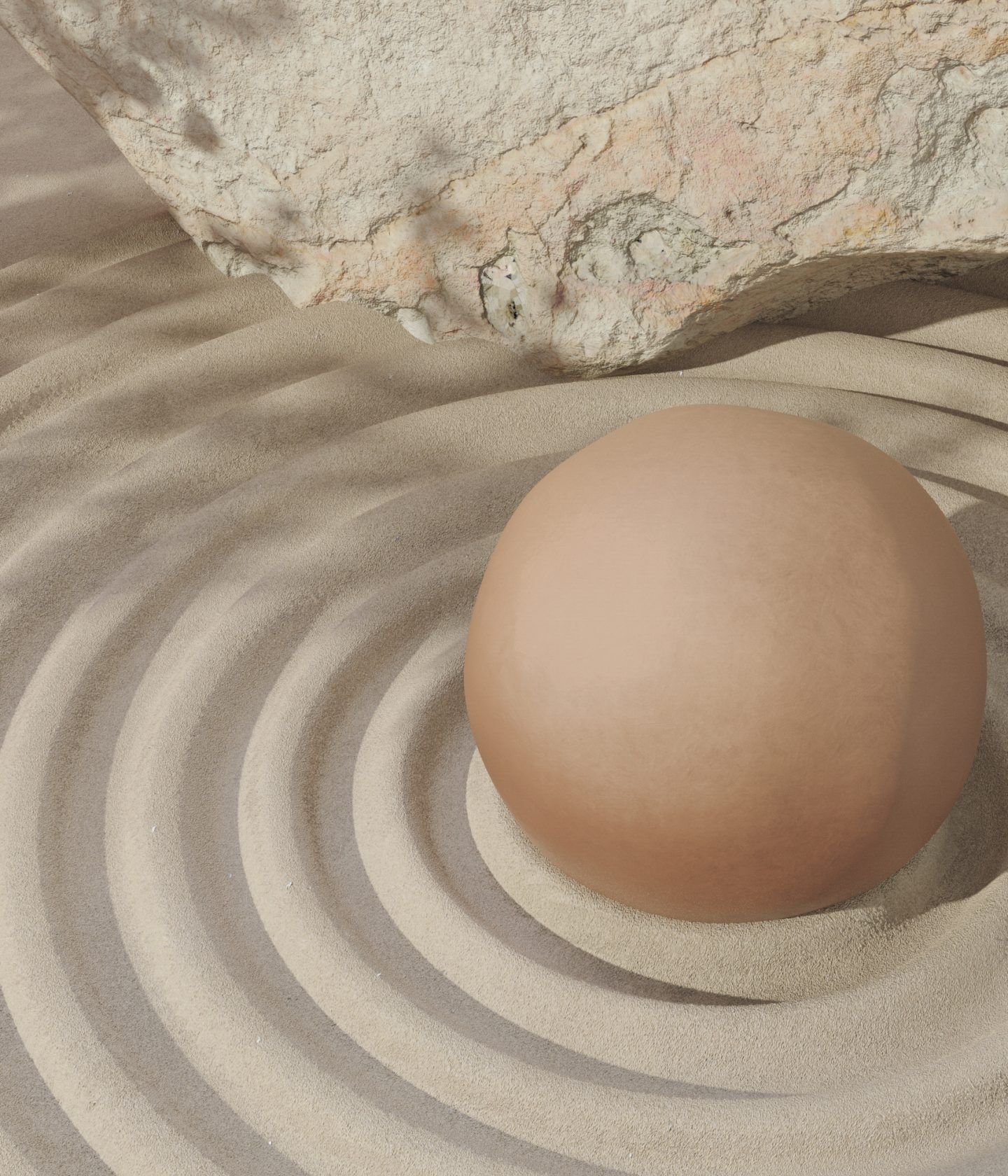
He has certainly refined his craft since then; but seven years on, the heart of his work remains the same. He creates spaces devoid of human presence; surreal celebrations of light and calm set in a world where time does not exist. “It might sound a bit lame, but they come from escapism,” Alexis notes, “from wanting to design a space that you could walk into where nobody would speak to you for a while”. These escapist tableaus are, at least in part, expressions of two sides of his identity. “My heritage is Mediterranean, my Dad is Cypriot”, he explains. “So I feel a real affinity towards that landscape and that sort of architecture. The Greek Islands are breathtakingly beautiful—the kind of places that you never want to leave, and that clashes with the Brutalism that you find in Cape Town where I live. So the places I create are a mix of the two. I never quite get to it being completely Mediterranean, and I never quite get to it being completely Brutalist; it sort of plays in between.”
“Not having a background in architecture is definitely freeing for me, because I don’t have any preconceived ideas about what I’m doing”
In the series created with IGNANT in collaboration with ECCO Leather, Alexis has explored both these tendencies. Here, nature is presented in tandem with its constructed opposite, a pairing typical to his work. It is the addition of time that makes the series unusual; its passing visually measured by the material changes in the leather pieces featured in each image. Through the series, we see the way in which atmospheric influences—water, sand, and sun—and time transform the color and feel of ‘NEO NATURE’ leather. These changes are set against undulating walls in color palettes that wouldn’t be out of place in a Luis Barragán build. “I’ve always been interested in architecture, even though I never studied it”, he explains. “But, not having a background in architecture is definitely freeing for me, because I don’t have any preconceived ideas about what I’m doing,” he continues, “and a lot of it would never be able to be built in real life because it doesn’t make any architectural sense.”
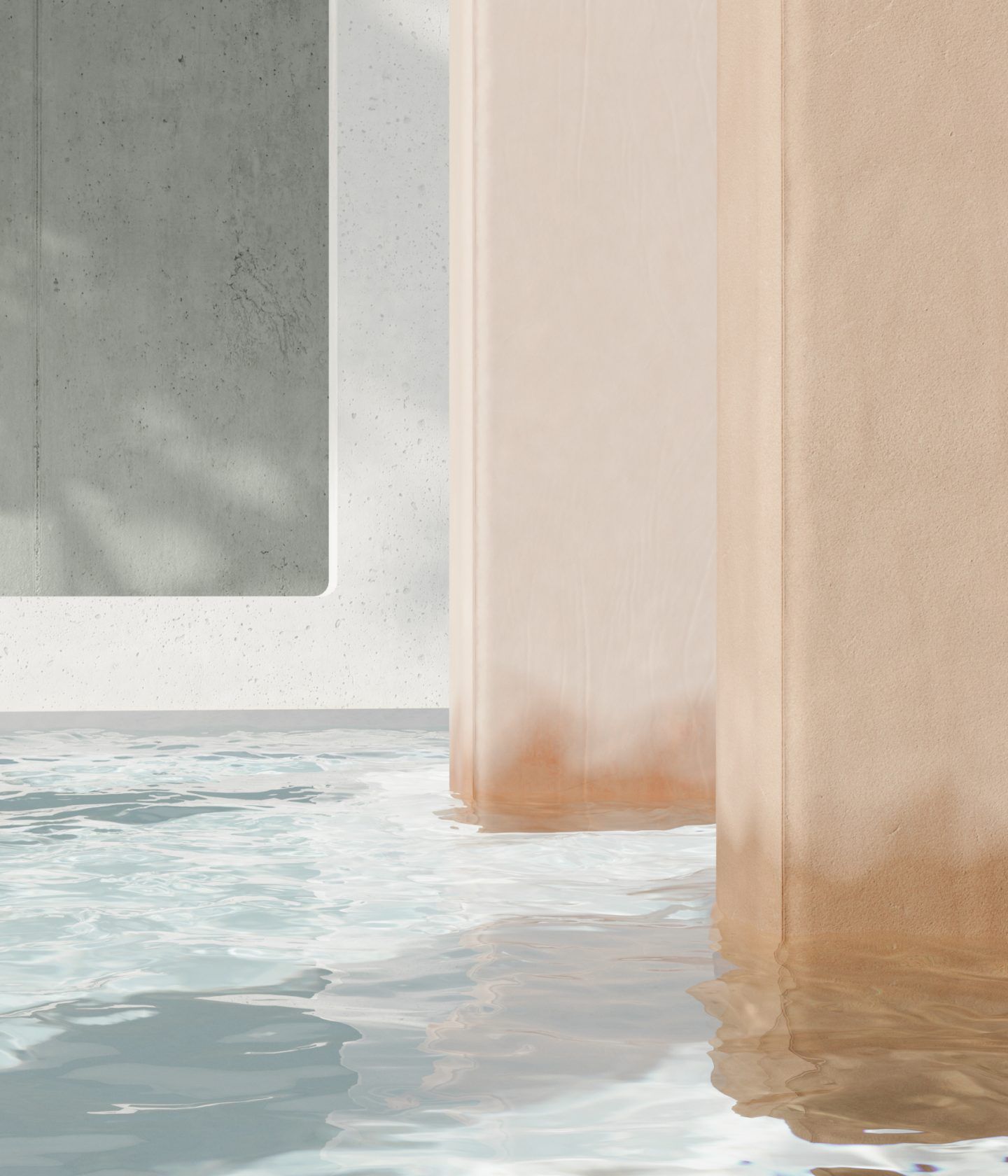
While uninterested in portraying reality in an exact sense in his personal work, it is something that Alexis contends with in his client work: “Architecture is not meant to be experienced through a render, I think any architect will tell you that”, Alexis tells us. “To create an image that actually conveys the slightest nuance of an architectural space, you have to be able to lift the ceiling away, to widen the walls, and to let more light in. You have to give the viewer an image of what it would be like to be inside, rather than what the spaces will actually be like… drawing architecture to scale just sucks compared to being in it.”
His renders are created with this in mind; “I don’t actually ever look at my spaces and think that I would like to see them realized outside of the image”, he tells us. “I kind of haven’t let my mind go there. There are so many architectural spaces that I could go and experience, and I am almost worried that my spaces wouldn’t translate that well in the real world.” It is precisely their lack of reality, or potential for translation to reality, that makes them so compelling.
“My renders are... cross-sections of an idea, of a space, of a feeling, of where you are supposed to be.”
“Someone once described my work as being without time, without weather, without anything like that, so it was definitely a bit of a challenge to try and create the feeling of a material having aged in the space,” explains Alexis. For ECCO Leather, he had to allow his watertight worlds to leak a little, letting time—and the metamorphosis that comes with it—seep into each frame.
In order to sufficiently translate the ‘NEO NATURE’ leather from reality to 3D render, Alexis had to show how the material aged. Tanned using bark oil—a tree extract, and one of the oldest tanning techniques in existence—the leather is protected but not waterproof; this is why it develops such beautiful patina. “I had a few ideas and this thing that stuck out to me was to create a cross-section in the process, rather than to try and show the material in the space, which I think that a lot of my renders are; they’re sort of cross-sections of an idea, of a space, of a feeling, of where you are supposed to be.”
These cross-sections show time interrupting his imagined space gently, the presence of the fourth dimension evident in the changes to the nude leather through water, sand, and light. Taking an organic, natural piece of matter from reality, and relaying it via 3D rendering is no small-feat—asking it to age within the frame is another. “In the series, we’re seeing a snapshot within the aging process,” Alexis explains, “and I think that worked with what I do. If I started wanting to have the leather aging in front of your eyes, it would have broken the illusion of my images and the calmness of my images, which is something that I think is necessary for my work.”
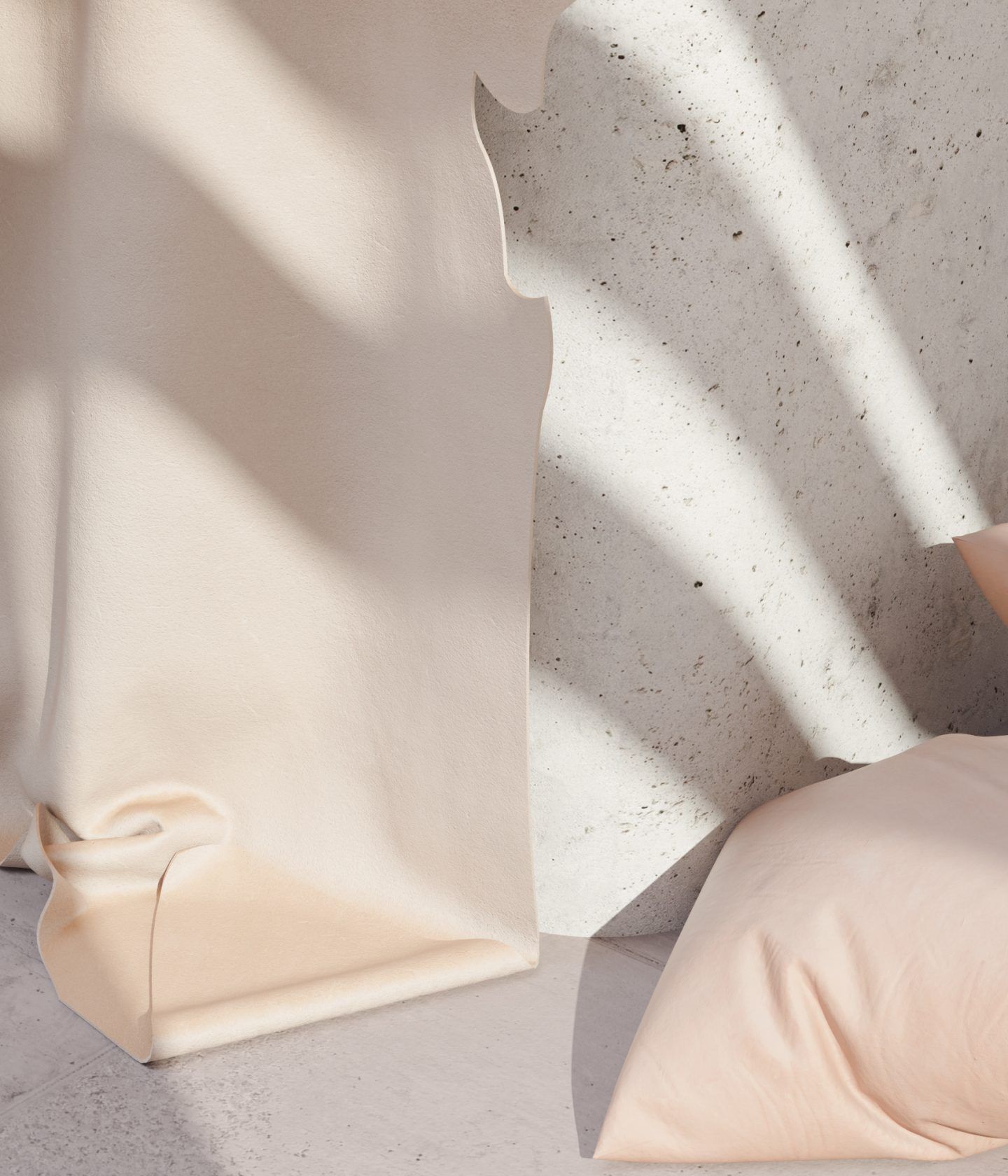
While such calmness will remain crucial to his visual style, Alexis also recognizes 3D design as a space of constant evolution that asks its followers to keep pace. “I think that my work has reached a point where it’s going to have to change,” he tells us. “The fantastical architecture style is being redone quite heavily on Instagram—too heavily for my liking, so I feel like I need to move onto the next thing. It won’t mean leaving architecture behind; more, visualizing it in a new way.” Creative copycats are nowhere more prevalent than on platforms like Instagram, where images are commonly pinboarded, and sadly, stolen. Image rights are incredibly difficult to protect, and harder still to pursue online or across continents.
For this reason, Alexis describes Instagram as a “huge double-edged sword”; the platform has enabled him to carve out a successful career in the arts, but it has also facilitated rampant plagiarism of his work. “I wake up in the morning, and if I turn Instagram on, the first thing I see is a render, and it’s often something that looks similar to work that I’ve done”, he tells us. “And it’s just Instagram’s algorithm going, like: “Hey! You like this!”, when actually, no, maybe I don’t. The algorithm doesn’t understand what inspires you.”
Alexis is pragmatic about Instagram and understands the implications of a career built on such an unpredictable platform. “You have to take being popular on Instagram with a pinch of salt, because tomorrow things could completely change,” he tells us. “So I am—apart from being terrified—I’m super realistic about the state of the world, and how Instagram works, and I don’t trust it for one second.” He’s also modest about his work, and maintains that despite not wanting to return to copywriting, that he is a far more capable writer than he is as a visual designer. “I still have to close my eyes and post images sometimes, because I’m not 100% sure of what’s coming out—which is a good way to stay humble. Just never be sure of yourself [laughs]. Yes, stay terrified at all times! That’s pretty much my recipe.”
– This story was produced in collaboration with ECCO Leather –
All images © Teaaalexis for IGNANT production
